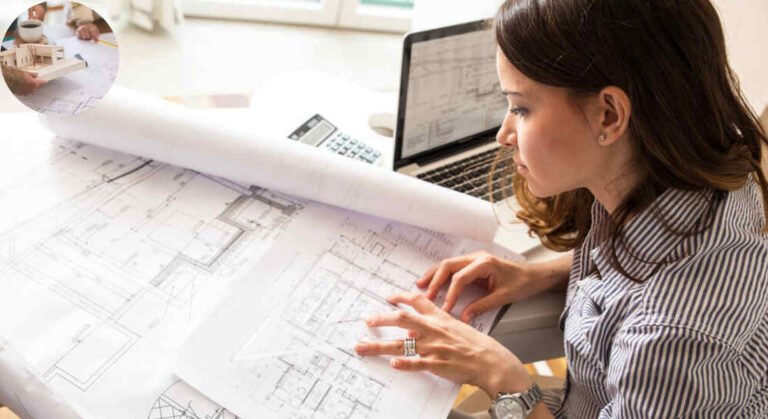When it comes to residential construction, the design phase is one of the most crucial parts of the process. A well-thought-out design can not only enhance the beauty of a home but also improve its functionality. This is where an architectural house designer comes into play. But what exactly is an architectural house designer, and why is their role so vital?
By the end, you’ll have a comprehensive understanding of what to expect when working with one of these professionals.
What Is an Architectural House Designer?
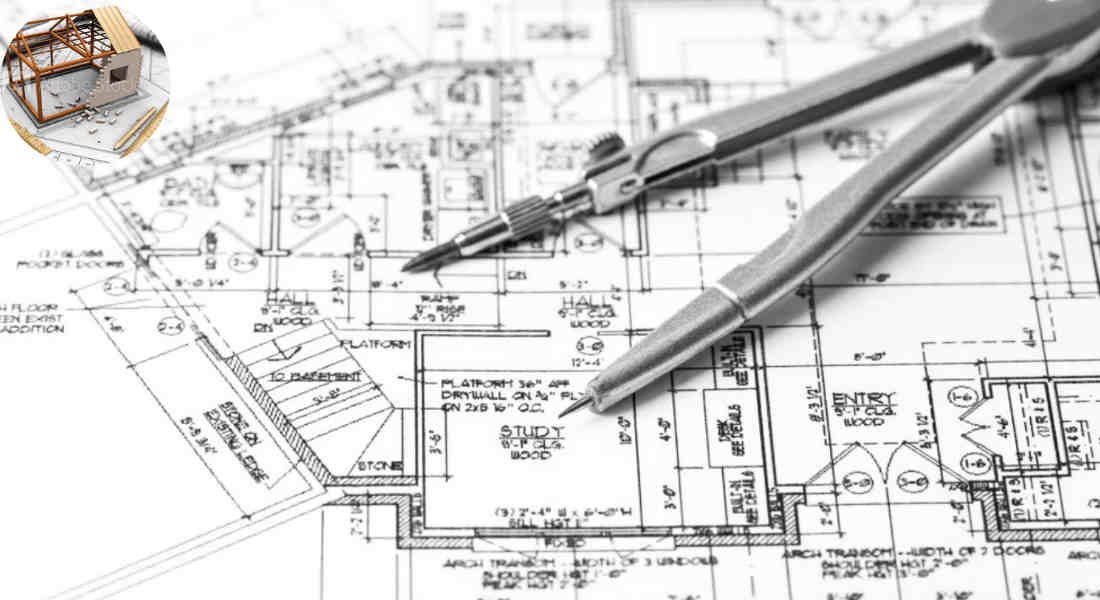
Definition and Explanation
An architectural house designer is a professional who specializes in creating residential designs. They work on everything from single-family homes to multi-unit dwellings. Unlike licensed architects, who have undergone extensive formal training and certification, architectural house designers may not possess the same level of qualifications; however, they are highly skilled in creating functional and aesthetically pleasing spaces.
Distinction from Other Professionals
It’s important to differentiate between architectural house designers, licensed architects, and interior designers:
- Architectural House Designers: Focus primarily on the design and layout of residential buildings.
- Licensed Architect: I hold a professional degree in architecture and have obtained a license to practice. They can manage larger projects and ensure compliance with building codes and regulations.
- Interior Designers: Concentrate on the interior spaces of a building, including furniture layout, colour schemes, and decor.
Qualifications and Skills
Typically, an architectural house designer possesses a background in architectural design or a related field. They may have experience with:
- Design software: Familiarity with tools like CAD for creating detailed plans.
- Building codes: Understanding regulations to ensure designs are compliant.
- Creative skills: The ability to visualize and create unique designs tailored to client needs.
Creative and Technical Roles
The role of an architectural house designer is both creative and technical. They are responsible for:
- Visualizing spaces: Crafting designs that meet client needs while considering aesthetics.
- Technical drawings: Producing detailed plans that can be used for construction.
The Role and Responsibilities of an Architectural House Designer
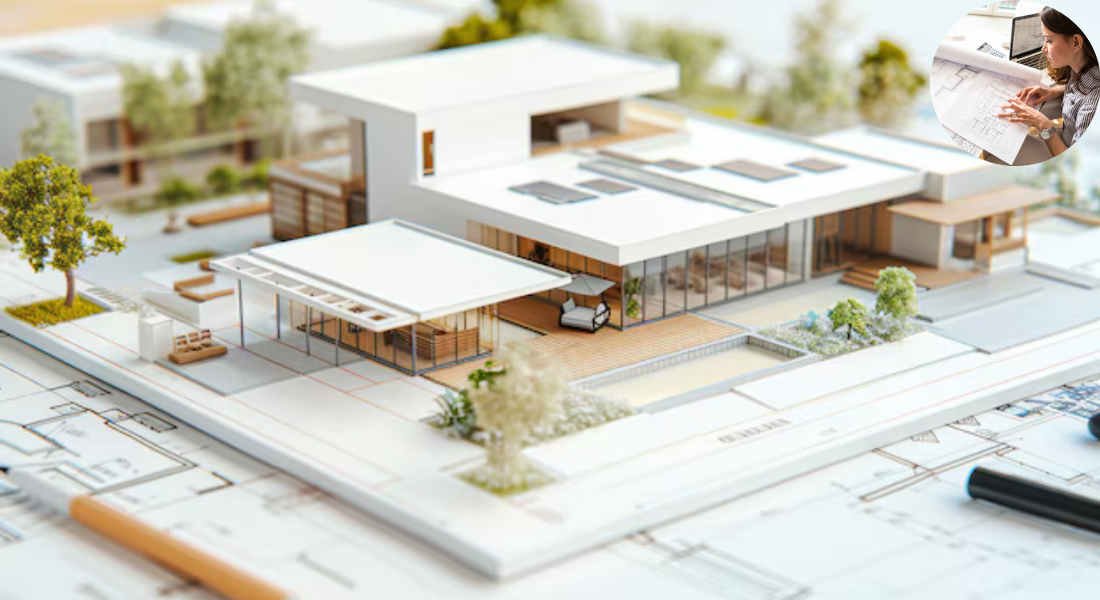
Initial Client Consultation
The process typically begins with an initial client consultation. This is a crucial step where the designer seeks to understand:
- Client needs: What the client envisions for their home.
- Lifestyle: How the client lives and uses their space.
- Budget: Financial constraints that may influence design choices.
You may also read (how to print architectural house).
Developing Design Concepts
Once the designer understands the client’s vision, they begin developing design concepts. This involves:
- Translating ideas: Taking the client’s thoughts and turning them into visual plans.
- Sketching: Creating initial sketches to represent the proposed layout and design.
Use of Design Software
To bring their concepts to life, architectural house designers utilize advanced design software, such as Computer-Aided Design (CAD). This allows them to create:
- Detailed drawings: Precise plans that builders can follow.
- 3D models: Visual representations that help clients envision the final product.
Space Planning and Material Selection
Another key responsibility is space planning. This involves optimizing the layout to maximize efficiency and flow. Designers also assist in material selection, ensuring that the chosen materials align with the overall design and budget.
Collaboration with Other Professionals
Architectural house designers often work alongside:
- Licensed architects: For compliance with building codes.
- Contractors: To ensure feasibility during construction.
This collaboration is essential to ensure that the design is not only beautiful but also practical and within budget.
Overseeing Construction Phases
During the construction phase, the designer plays a crucial role in overseeing the project. They ensure:
- Design integrity: The project stays true to the original vision.
- Quality control: Monitoring the construction quality and making adjustments as needed.
Incorporation of Sustainable Practices
In today’s world, sustainable and energy-efficient design practices are more critical than ever. Architectural house designers can incorporate these principles into their designs, ensuring homes are environmentally friendly and cost-effective in the long run.
Benefits of Hiring an Architectural House Designer
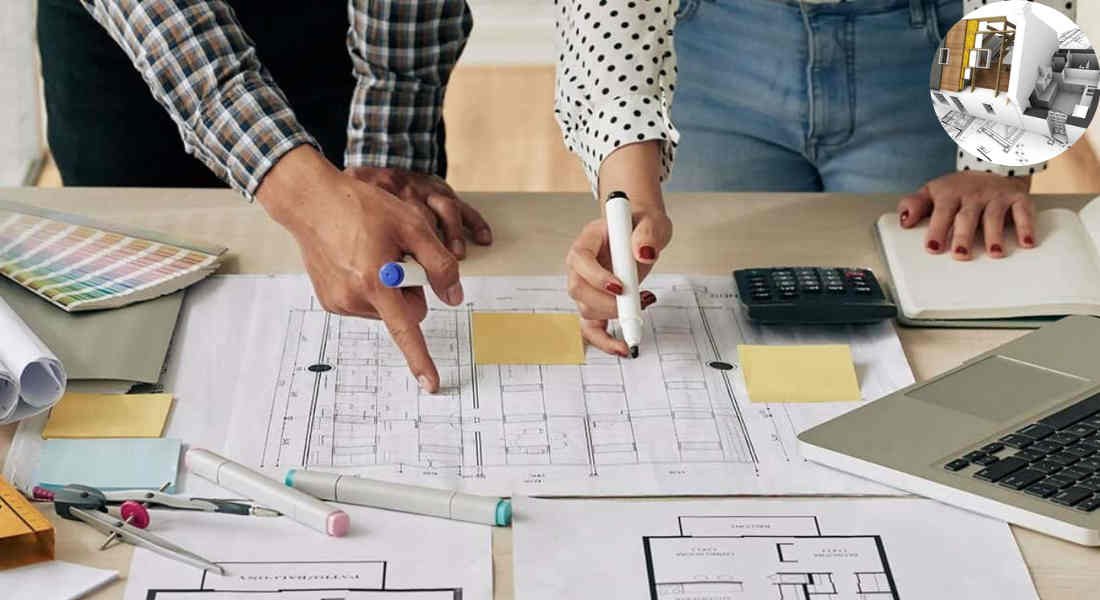
Personalized and Functional Design
One of the primary benefits of hiring an architectural house designer is the personalized design tailored to your lifestyle. They take your preferences and needs into account, ensuring the final design works for you and your family.
Maximizing Space Efficiency
Architectural designers are experts in maximizing space efficiency. They can create layouts that enhance the flow within your home, making even small spaces feel larger and more functional.
Expertise in Regulations
Navigating building regulations and codes can be daunting. Architectural house designers are familiar with these rules and can guide you through the process, ensuring compliance without any headaches.
Access to Innovative Solutions
With their finger on the pulse of the industry, architectural house designers offer access to innovative design solutions. They stay updated on current trends and technologies, providing you with fresh ideas and options you may not have considered.
Potential Cost Savings
Through efficient planning and material selection, hiring an architectural house designer can lead to cost savings. Their expertise helps avoid costly mistakes and ensures that your project stays within budget.
You may also read (do you pay sales tax on a used mobile home).
Enhancing Home Value
Ultimately, a well-designed home not only enhances your living experience but also increases its value. A thoughtful design can significantly increase the market appeal of your property.
How to Choose the Right Architectural House Designer for Your Project
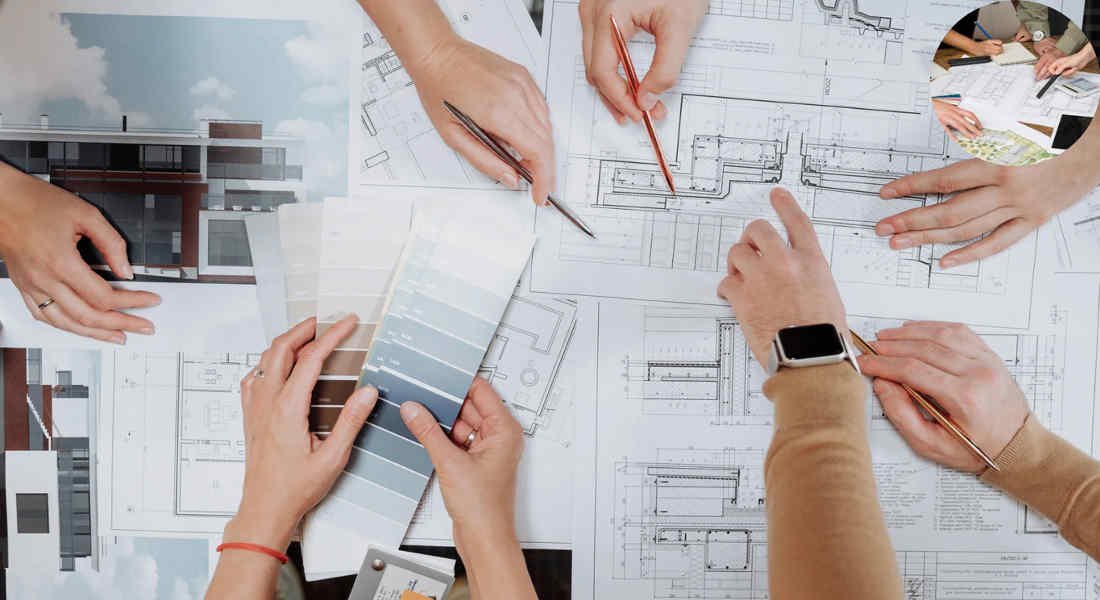
Reviewing Portfolios
When selecting an architectural house designer, start by reviewing their portfolios. Look for projects that resonate with your style and aesthetic preferences.
Questions to Ask
Consider asking the following questions during your initial meetings:
- What is your design process?
- How do you collaborate with clients?
- Can you provide examples of similar projects you’ve completed?
Checking Qualifications
It’s essential to check their qualifications and licenses (if applicable). Look for testimonials from previous clients to gauge their reliability and performance.
Experience with Sustainable Designs
Inquire about their experience with sustainable and energy-efficient designs. This is particularly important if you’re looking to build an eco-friendly home.
Communication and Vision Alignment
Ensure that there is a clear line of communication. Both you and the designer should have a shared vision for the project to avoid misunderstandings down the line.
Budget Considerations
Lastly, discuss your budget openly. Understanding their fee structure and any potential additional costs will help you make informed decisions.
The Process of Working with an Architectural House Designer
Step-by-Step Overview
Working with an architectural house designer typically follows a structured process:
- Initial Consultation: Understand client needs and goals.
- Concept Development: Create initial design concepts.
- Design Revisions: Present designs to the client for feedback and make necessary adjustments.
- Final Design Approval: Finalize the construction design.
Gathering Inspiration
Designers often gather inspiration from various sources, including:
- Client input: Understanding personal preferences.
- Industry trends: Keeping up with current design trends.
Presentation of Design Concepts
After gathering information, designers present design concepts to clients. This can involve:
- Visual aids: Such as sketches and 3D models.
- Discussion: Open dialogue about adjustments and preferences.
Coordination During Construction
Once the design is approved, the designer coordinates with contractors and other professionals throughout the construction phase. They manage timelines and expectations, ensuring everything runs smoothly.
Maintaining a Productive Relationship
To maintain a productive relationship, consider these tips:
- Regular communication: Maintain open and frequent contact throughout the process.
- Open feedback: Provide constructive feedback to promote collaboration.
Common Misconceptions About Architectural House Designers
Clarifying the Distinction
Many people confuse architectural house designers with licensed architects. While both play significant roles in the design process, their qualifications and scopes of service differ. Architectural designers may not have the same level of formal training, but they are skilled in creating functional residential designs that meet the needs of their clients.
Scope of Services
Another misconception is that architectural house designers only focus on aesthetics. In reality, they provide a comprehensive range of services that include:
- Design planning
- Space optimization
- Building code compliance
Addressing Cost Concerns
Some may worry that hiring an architectural house designer is too costly, but the potential for cost savings through efficient planning often outweighs the initial investment.
You may also read(do homes in oklahoma typically have basements).
